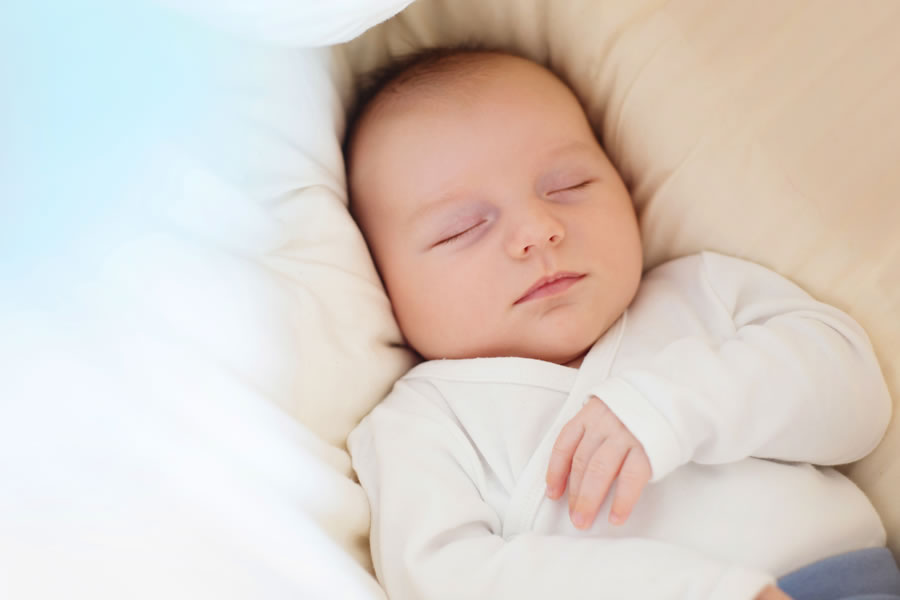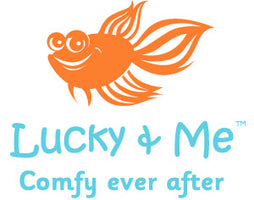
When did diapers become so complicated? When my first child was in diapers, there were two options. You could choose basic rectangular cotton cloth diapers, which required either sending out to a service or hours of laundry duty.
Or, you could go with disposables. They were more expensive, but much easier. And they were available in any color you wanted as long as it was white. I do recall some discussion of the environmental destruction caused by throwing all those single-use diapers into a landfill. But washing cotton diapers used up water and electricity so the convenience and better absorbency of disposables were compelling.
Disposables dominate the global diaper market today. In the US, more than 90% of babies use disposables. The average baby will go through 7,000 diapers before being completely potty trained; in the US, parents 28 million disposable diapers per year. They don't take up as much space in landfills as you might think– only about 1.5% of total garbage– but they'll be there a long, long time because each disposable diaper takes centuries to decompose.
The global market for disposable diapers is about $50 billion. At $.20 per diaper, that means 250 billion diapers per year. These numbers are expected to continue to increase. The majority of this growth will occur in countries like India and China, where traditional methods are still quite popular. In tropical areas babies often wear nothing at all and eliminations are cleaned up as needed, or pieces of cloth are used, dried and reused. In China many babies and toddlers wear split pants - which facilitates potty training and eliminates the need for diapers at all. A child can simply be held over a toilet (or sometimes a storm drain) as needed.
If you like, you can now buy unique, personalized disposable diapers like these Huggies. But if you really want your baby's butt to be fashionable, there is a small but growing category of reusable cloth diapers.
Of course, cloth diapers have always been reusable - that's kind of the point. But now you can find many different brands with cute names offering a variety of styles that are fitted and close with snaps, and come in fun colors and patterns.
Bumgenius, Rumparooz, Econobum, and Fuzzibunz are brands of reusable cloth diapers that offer a wide array of styles, materials, and accessories. Reusable cloth diapers are the choice of many parents because they do not contain the chemicals of most disposals. And because they can be reused, they are friendlier to the planet.
Reusable diapers come in many styles: Pocket Style, Pre-Fold, All-in-One, One-Size Fits All, and Fitted. The Pocket Style allows for inserts in different materials, including cotton, microfiber, hemp, and bamboo with different thickness and absorbency depending on need and situation. Pre-Folds are like the old-fashioned cloth diapers that have extra layers sewn in and are used in combination with an outer waterproof cover.
All-in-Ones have an outer waterproof layer and several absorbent layers but no pocket for an insert. As the name implies, they are easy and convenient but take longer to dry. One-Size Fits All diapers have a multiple snap system which allows the diaper to grow with your child. Fitted diapers are shaped but require a water-proof cover.
There are many factors to consider when choosing a diapering system for your baby. Comparative costs, environmental considerations, convenience, and concern for your child's health all factor into the decision. Disposables typically cost more than reusables overall– you pay for the convenience.
But disposables contain plastics, adhesives, glues, elastics and lubricants which can be irritants and even potentially toxic. The diaper industry does not have to disclose product contents such as those labeled as "fragrance", so it's difficult to know exactly what's in a disposable diaper.
Many organizations such as Ecolife are urging parents to consider the benefits of natural diapers. For a possibly more neutral evaluation, The New York Times' Wirecutter compares cloth and disposables here.
The most recent comprehensive, and independent, comparison of the environmental effects of disposable diapers and reusables was in 2008 by the British Environmental Agency (comparable to the U.S. Environmental Protection Agency). They concluded that based on average washer and dryer use, disposable diapers are slightly more environmentally-friendly than cotton due to the water usage and energy costs.
Cotton diapers' effect on the environment can be improved with line drying and lower water temperatures. If you'd like to read the study, it's available here.
Gathering information to make an informed decision is the only way to ensure we make the best decisions for our family. We know our circumstances, resources, and children better than anyone. But who can blame eager new parents for doing what they think is right for the environment while also garbing their baby in adorable floral or fish patterns– even if they’re on diapers which are mostly covered by clothes?
We get pleasure simply from the joy of using beautiful and fun accessories, whether it’s for ourselves or our children– it’s human nature. Ultimately, it's up to each of us to choose what is right for us and our kids.
By Liz Smith. Liz has worked across the globe for many of the world's best known apparel brands, including Justice, Chico's, Victoria's Secret, and Hanes. She has worked closely with dozens of factories in more than 20 countries to ensure that production is of the highest standard. Liz has managed all aspects of garment production, from design through fabric development to sewing and merchandising - so she knows what it takes to make high-quality apparel. Liz is thrilled to share her knowledge about clothes to help discerning customers choose the finest products.

